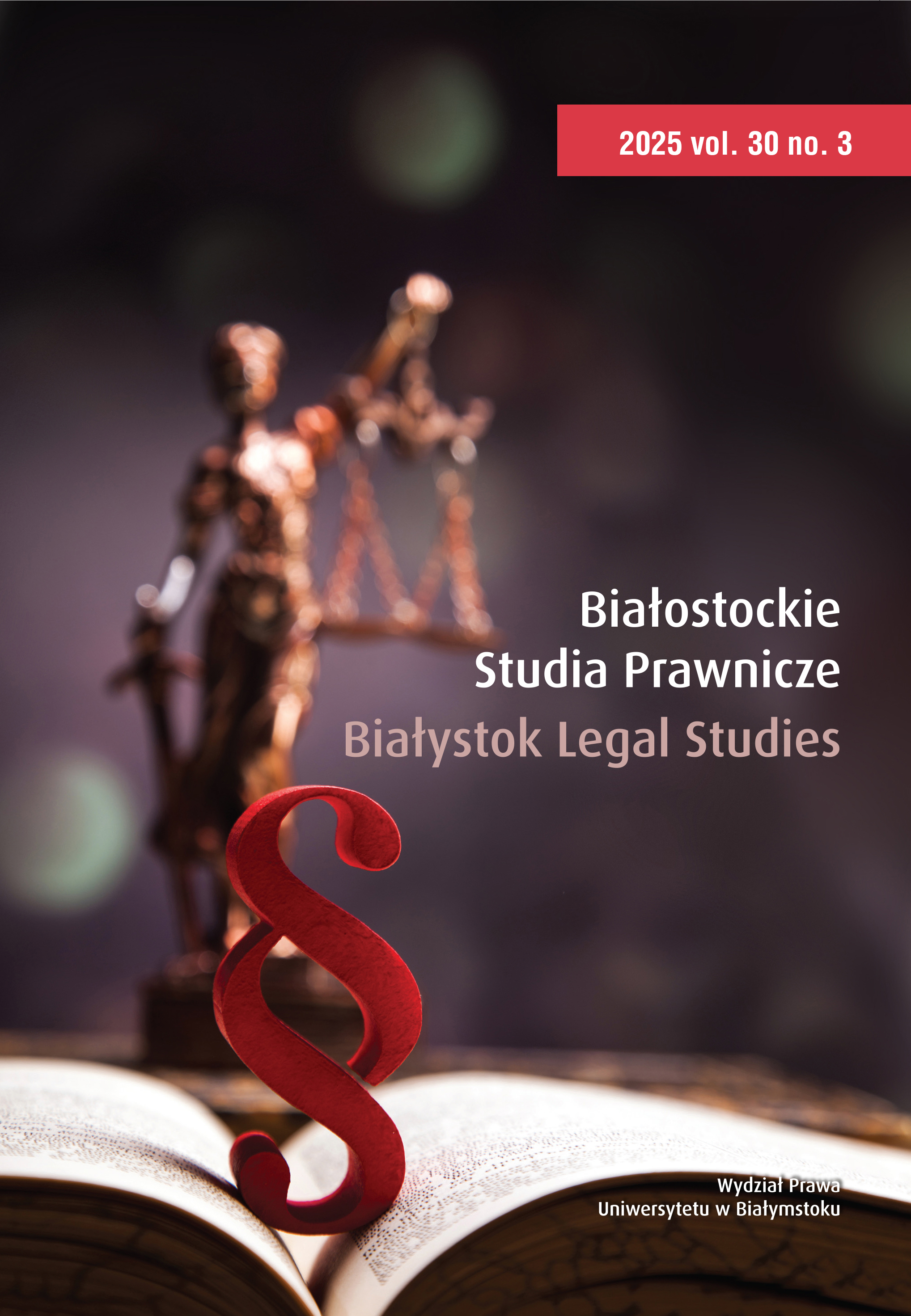Koncepcja i podstawy prawne dla nowego ujęcia rejestru – „Rejestr 3.0”
Abstrakt
This article introduces the authors’ original concept of ‘Register 3.0’, a modernized model of public registers designed to meet the demands of the evolving European digital economy and the increasing algorithmization of law. In the context of signifi cant regulatory developments in the European Union, particularly the adoption of the eIDAS2 Regulation, the authors emphasize the urgent need to reformulate the architecture and function of public registers. Register 3.0 is envisioned as an interoperable, automated, and highly secure data system, built upon cutting-edge technologies. A central component of this concept is datafi cation, understood as the real-time and automatic acquisition of data from reference sources without the need for manual processing. Th e article presents a comparative analysis of three generations of registers: traditional data repositories (Register 1.0), interoperable systems with partial automation (Register 2.0), and advanced registers integrated with algorithmic legal frameworks (Register 3.0), capable of issuing legal decisions and initiating cascading legal consequences autonomously. Th e authors discuss the possibility of embedding legal rules within algorithmic architecture – a process referred to as ‘crypto-law’ – where traditional legal norms are encoded directly into secure digital environments, thus enabling fully automated legal and administrative processes. Furthermore, the article explores practical applications of this concept, such as the Unified Business Registry system in Dubai, as proof of the feasibility and eff ectiveness of Register 3.0 in real-world scenarios. By examining the legal, technological, and institutional prerequisites for implementation, the authors argue that Register 3.0 not only supports the automation of state functions and judicial systems but also serves as a foundation for next-generation legaltech solutions. Th e study opens the door to further interdisciplinary research on adapting European legal frameworks to accommodate these innovations, positioning Register 3.0 as a cornerstone of future digital governance.Bibliografia
Boratyńska K., Cieślik E., Kacperska E., Łukasiewicz K. & Milewska A. (2021). Gospodarka cyfrowa we współczesnym świecie – kraje V4, Wydawnictwo SGGW.
Ebbers W. E, Jansen M. G. M. & van Deursen A. J. A. M (2016). Impact of the digital divide on e-government: Expanding from channel choice to channel usage, Government Information Quarterly 33(4), 685–692.
Esper, T. L. (1970). Tardines of Attorneys as Contempt of Court. Cleveland State Law Review, (19). https://engagedscholarship.csuohio.edu/cgi/viewcontent.cgi?article=2793&context=clevstlrev
Hicks J. O. (1984). Management Information System: A User Prespective. West Publishing Company, 1984, ss. 645.
Hassan, S. & De Filippi, P. (2017). Th e Expansion of Algorithmic Governance: From Code is Law to Law is Code. https://journals.openedition.org/factsreports/4518#tocfrom1n3
Khan, S., Shael, M., Majdalawieh, M., Nizamuddin, N. & Nicho, M. (2022). Blockchain form Goverments. Th e Case of the Dubai Goverment. Sustainability, 14(11), https://www.mdpi.com/2071–1050/14/11/6576
Lerned W. L. (1885). Th e tardiness of Justice. Th e North American Review, 140(343), 498–508. https://www.jstor.org/stable/25118493?seq=5
LeBreton James M., Moeller Amanda N., & Wittmer Jenell L. S. (2022). Data Aggregation in Multilevel Research: Best Practice Recommendations and Tools for Moving Forward. Journal of Business and Psychology, 38(4). https://www.researchgate.net/publication/365719487_Data_Aggregation_in_Multilevel_Research_Best_Practice_Recommendations_and_Tools_for_Moving_Forward
Lessig, L. (1999). Code and Law of Cyberspace, Basic Books.
Lubasz, D. (2025). RODO dla AI. Zgodność z zasadami godnej zaufania sztucznej inteligencji w modelu data protection by design, Wolters Kluwer.
Newell, S. & Marabelli, M. (2015). Strategic opportunities (and challenges) of algorithmic decision-making: A call for acttion on the long-term societas eff ects of „datifi cation”. Journal of Strategic Information System, 2. https://www.sciencedirect.com/science/article/abs/pii/S0963868715000025?via%3Dihub
Nyczaj, K. & Ruszkowski, J. (2009). Definicje, klasyfikacje oraz modele integracji rejestrów publicznych, Wiadomości Statystyczne, 12. https://bazekon.uek.krakow.pl/gospodarka/163932632
Oleński, J. (2006). Infrastruktura informacyjna państwa w globalnej gospodarce, Wydawnictwo UW. https://historiainformatyki.pl/infrastruktura-informacyjna-panstwa-w-globalnej-gospodarce-wydawnictwo-uw-warszawa-2006
Quinn, J., & Connolly, B. (2021). Distributed ledger technology and property registers: displacement or status quo. Law, Innovation and Technology, 13(2), 377–397.
Parlament Europejski i Rada. (2024). Rozporządzenie Parlamentu Europejskiego i Rady 2024/1689 z 13 czerwca 2024 r. w sprawie ustanowienia zharmonizowanych przepisów dotyczących sztucznej inteligencji.
Parlament Europejski i Rada. (2022). Rozporządzenie Parlamentu Europejskiego i Rady (UE) 2022/2554 z 14 grudnia 2022 r. w sprawie operacyjnej odporności sektora fi nansowego Dz.U L33/1.
Parlament Europejski i Rada. (2023). Rozporządzenie Parlamentu Europejskiego i Rady 2023/1114 z dnia 31 maja 2023 r. w sprawie rynków kryptoaktywów Dz.U L 150/40.
Parlament Europejski i Rada. (2022). Dyrektywa Parlamentu Europejskiego i Rady (UE) 2022/2555 z dnia 14 grudnia 2022 r. w sprawie środków na rzecz wysokiego wspólnego poziomu cyberbezpieczeństwa
na terytorium UE Dz.U L 333/80.
Parlament Europejski i Rada. (2023). Rozporządzenie Parlamentu Europejskiego i Rady (UE) 2023/2854 z dnia 13 grudnia 2023 r. w sprawie zharmonizowanych przepisów dotyczących sprawiedliwego dostępu do danych i ich wykorzystywania oraz w sprawie zmiany rozporządzenia (UE) 2017/2394 i dyrektywy (UE) 2020 Dz.U L 23.12.2023
Szpor, G. (2009). Prawne problemy wykorzystania nowych technologii w administracji publicznej i wymiarze sprawiedliwości, Warszawa.
Stawecki, T. (2005). Rejestry publiczne. Funkcje instytucji, Wydawnictwo Prawnicze LexisNexis.
Szostek, D., Prabucki, R. & Wyczik, J. (2021). [w:] D. Szostek (red.), LegalTech, C.H. Beck
Szostek, D. (2012). Nowe ujęcie dokumentu w polskim prawie prywatnym ze szczególnym uwzględnieniem dokumentu w postaci elektronicznej, C.H. Beck.
Szostek, D. (2021). LegalTech, C.H. Beck.
Tapscott, D. (1995). Th e Digital Economy. Rethinking Promise and Peril in the Age Networked Inteligence. McGraw-Hill.
Tripathi, G., Ahad, M. A. & Casaliano, G. (2023). A comprehensive review of blockchain technology: Underlying principles and historical background with future challanges, Decision Analytics Journal, (9). https://www.sciencedirect.com/science/article/pii/S2772662223001844?via%3Dihub
Trzcińska, D. (2023). Problematyka głównych przyczyn bezczynności i przewlekłości w prowadzeniu spraw administracyjnych z zakresu ochrony środowiska. Gdańskie Studia Prawnicze, 4(61), 38–51.
Wood, G. (2018). Ethenrnum: A secure decentralised generalised transaktion ledger. https://www.win.tue.nl/~mholende/seminar/references/ethereum_yellowpaper.pdf
Wright, A. & De Filippi, P. (2015). Decentralized Blockchain Technology and the Rise of Lex Cryptographia. Social Science Research Network, 34, 41–52.



